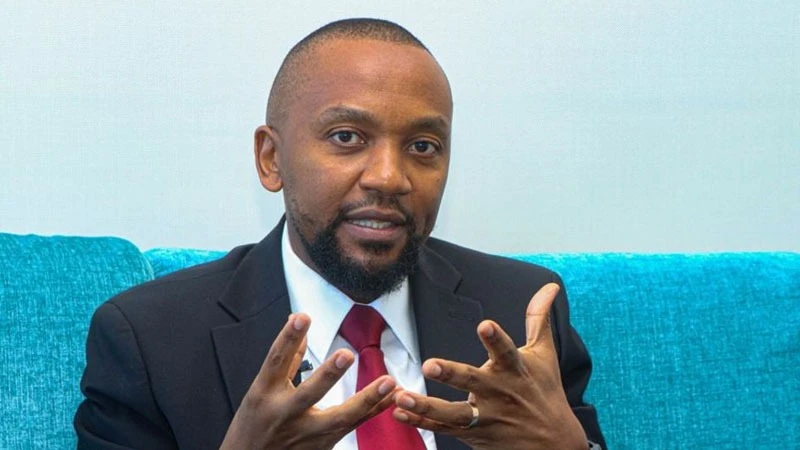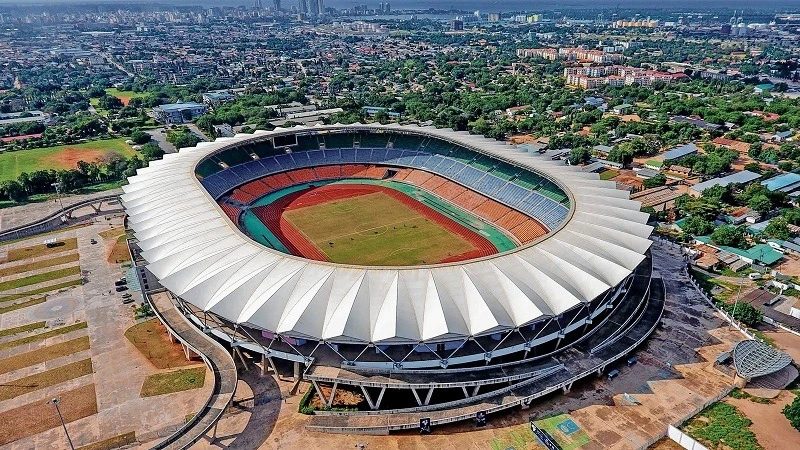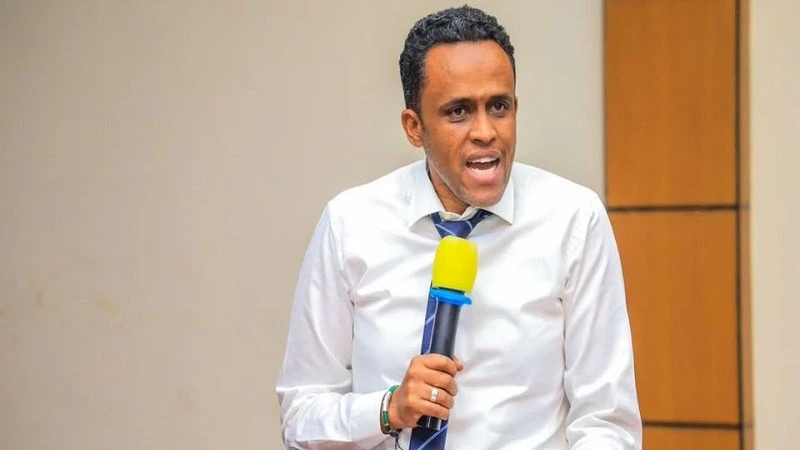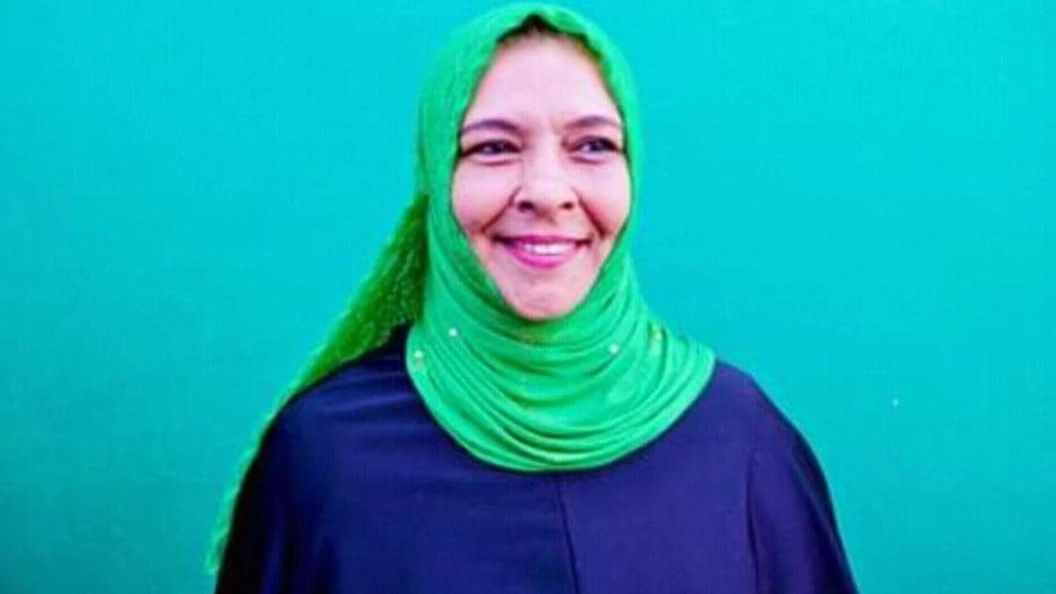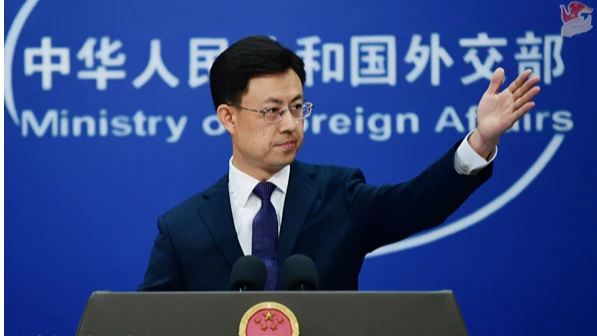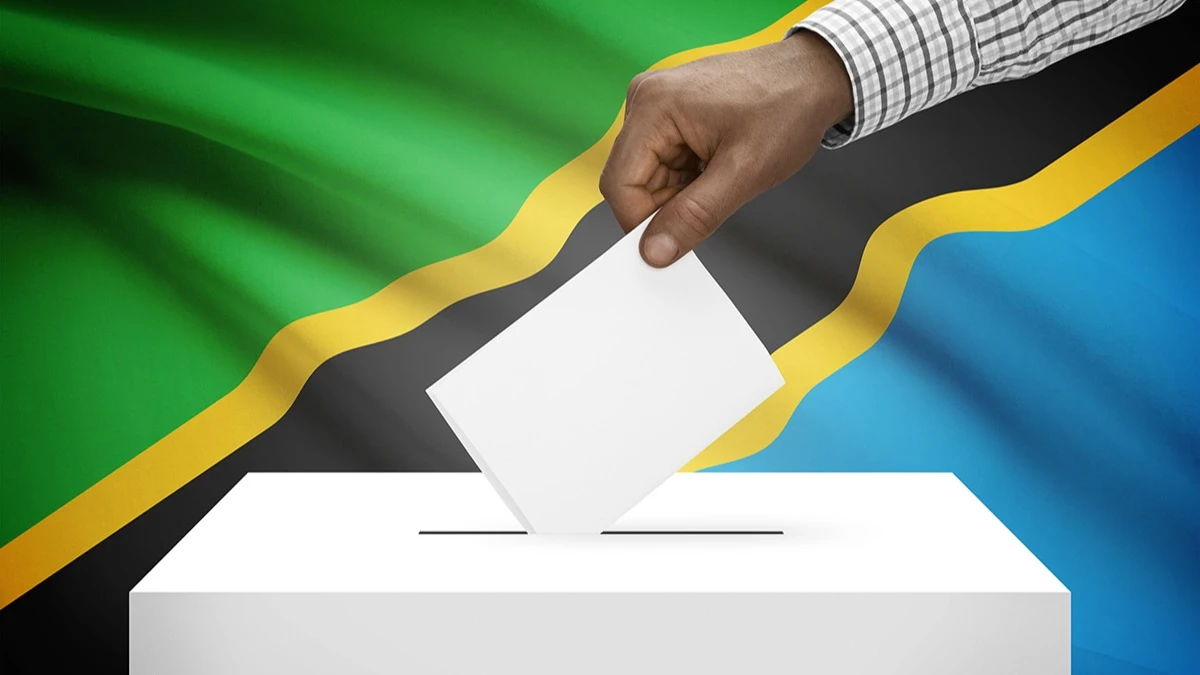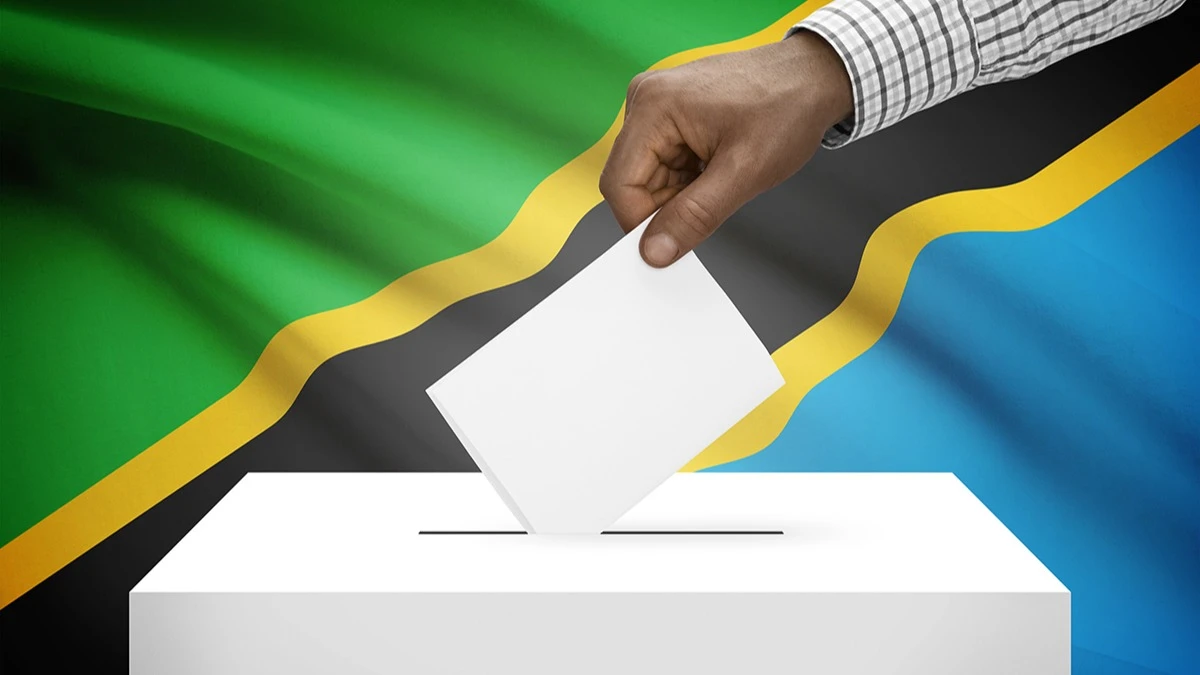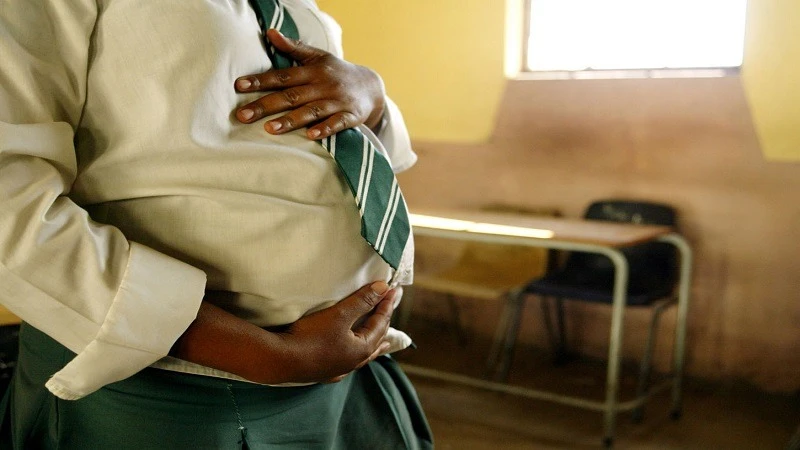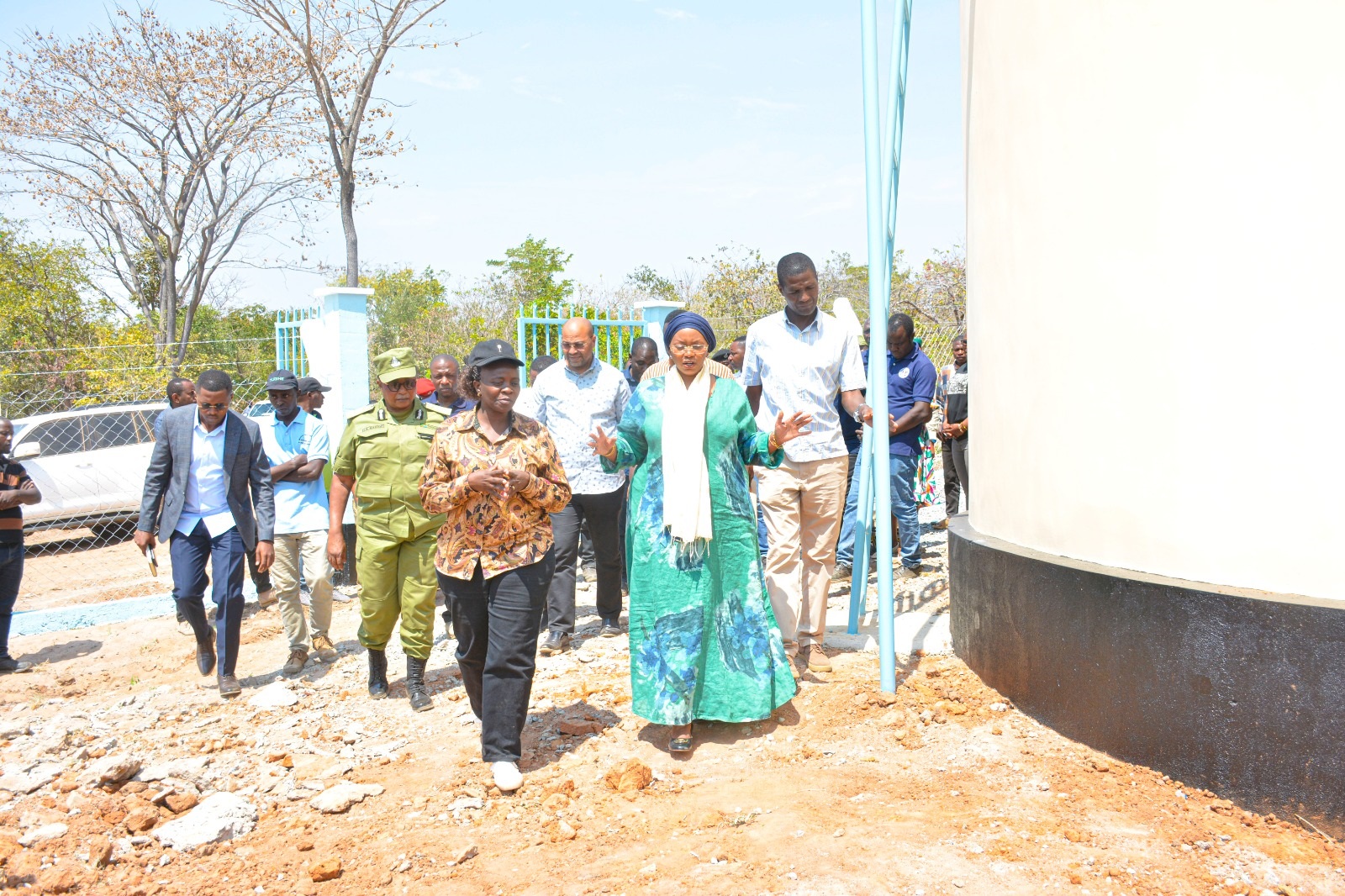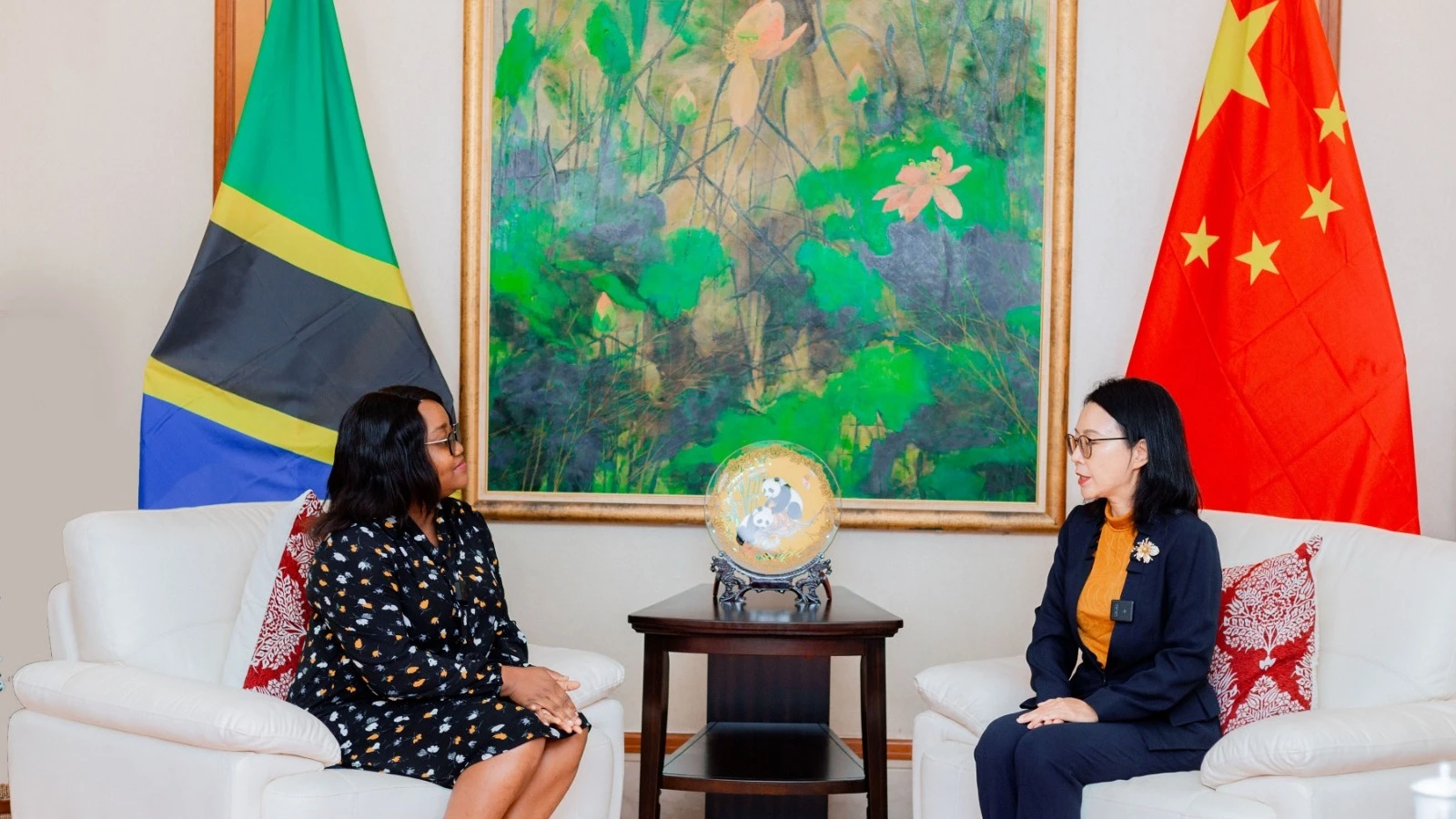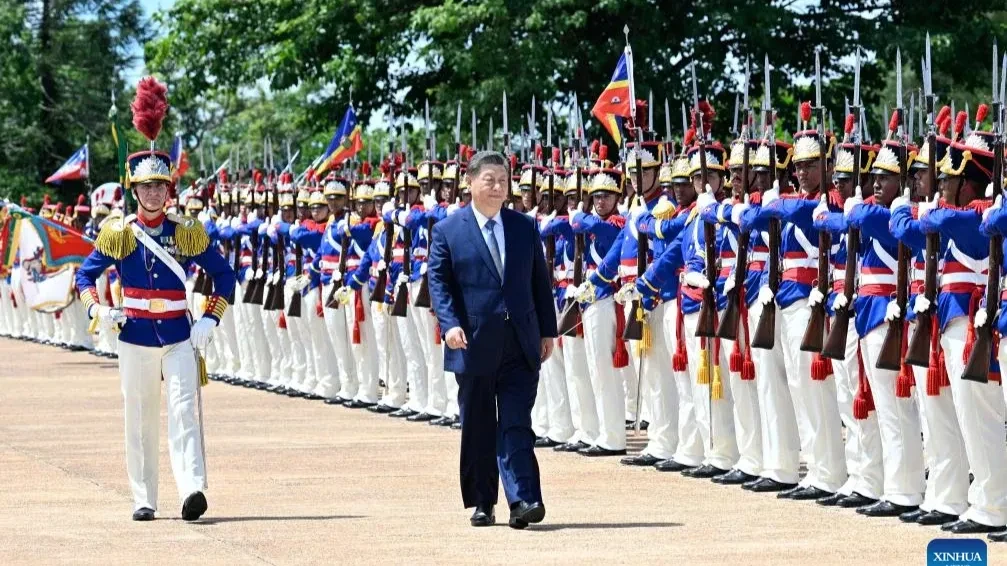Kabanga project to produce 1.15 million tonnes of nickel

Lifezone Metals Limited has unveiled a strong production outlook for its flagship Kabanga Nickel Project in northwest Tanzania, projecting output of approximately 1.15 million tonnes of nickel concentrate over a 22-year mine life, according to its newly released Initial Assessment.
The assessment said the vertically integrated project will begin with a high-grade underground mine and a 3.4 million tonnes-per-annum concentrator at the Kabanga site.
Over its lifespan, the operation is expected to process a total of 67.9 million tonnes of ore grading 1.93 percent nickel, 0.26 percent copper, and 0.14 percent cobalt.
The concentrator will also yield 171,000 tonnes of copper and 87,000 tonnes of cobalt in concentrate. Five years into operations, Lifezone plans to establish a hydrometallurgical refinery in Kahama, designed to produce up to 50,000 tonnes annually of battery-grade nickel sulfate, 7,000 tonnes of LME Grade A copper cathode, and 4,000 tonnes of cobalt in sulfate.
The project’s pre-production capital cost is estimated at US$991 million, inclusive of a 16.1 percent contingency.
Lifezone projects the mine will generate approximately US$23.68 billion in revenue over its life, with an after-tax free cash flow of US$8.03 billion.
Using flat metal prices—US$8.49 d per pound of nickel, US$4.30 per pound of copper, and US$18.31 per pound of cobalt—the Initial Assessment estimates an after-tax net present value of US$2.37 billion, based on an eight percent discount rate, and an internal rate of return of 22.9 percent.
The company also anticipates low operating costs, with all-in sustaining costs for refined nickel averaging US$2.71 per pound, net of copper and cobalt by-product credits.
The Initial Assessment is based on Lifezone’s December 2024 Mineral Resource Update and covers five mineralized zones: Main, MNB, Kima, North, and Tembo.
However, the company emphasized that the assessment is preliminary and includes Inferred Mineral Resources, which are too speculative geologically to be treated as Mineral Reserves. There is no assurance the projections will be realized.
Lifezone filed the Initial Assessment Technical Report Summary on Form 6-K with the U.S. Securities and Exchange Commission, and the full report is available via EDGAR and the company’s investor relations website.
The Feasibility Study Technical Report Summary is expected in July 2025, focusing on initial development of the mine and concentrator.
“This Initial Assessment highlights the Kabanga Nickel Project’s potential to deliver long-term value through a large-scale, high-grade resource and a phased path to production,” said Lifezone CEO Chris Showalter. “With about 80 percent of project value attributed to the Kabanga mine and concentrator, and strong support from the Government of Tanzania, we’re well-positioned to responsibly advance the project.”
COO Gerick Mouton called the release of the assessment “a historic milestone” in the project’s nearly 50-year journey. “For the first time, Lifezone has completed and publicly disclosed a technical-economic Initial Assessment under U.S. SEC Regulation S-K 1300,” he said. “This validates the project’s robust foundation and scalability. Our staged development strategy de-risks the operation and gives us confidence in delivering a technically and economically sound project.”
With the Feasibility Study on track for completion in July 2025, Lifezone Metals is preparing to transition the Kabanga project toward construction and eventual production.
Top Headlines
© 2025 IPPMEDIA.COM. ALL RIGHTS RESERVED






